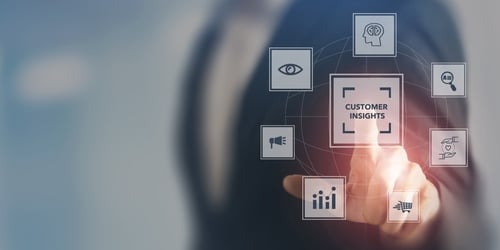Never before has business analytics led worldwide discussion as it did in 2015. Data Science and the amount and depth of data being analyzed captured interest from Wall Street to John Q Public’s concern about privacy. Here are some of the trends we saw in 2015 and how they will impact hiring in 2016.
The Availability and Effectiveness of Online Coursework
A growing number of professionals have taken online analytics classes or received certificates from coding boot camps. Udemy, Coursera, Lynda.com, MOOCs and Dev Bootcamp are some of the providers. Do employers consider these credentials when making a hiring decision? One of our clients, a Chicago area digital agency, likes candidates who take Coursera courses to learn new tools and applications. The market is changing so quickly traditional academic programs haven’t developed the cutting edge coursework to quickly answer these market needs. Online services are filling that void. According to the CEO of Udemy, “The most important skill in the employee base of the future is the ability to learn something new, and a willingness to do so. There are still very few people who have the motivation to do that,” he said.
SAS versus R
What do candidates prefer? Companies? Larger corporations use SAS while smaller and start-up organizations prefer to use R and other open sourced tools. Initially this choice was based on the high cost of SAS compared to a free R. But price has more of an impact than just a budget line item. Free R means data scientists can work more easily on problems at home or with academic or private consultants. The flexibility of R is attractive to candidates while SAS’s structure and documentation reassures corporations. Companies that are willing to hire R users will have a larger pool of available candidates. We predict the continued ascension of R in 2016.
The Blending of the Statistics and Computer Science Disciplines
The lines are blurring between the work of statisticians and computer scientists. Many employers are seeking statisticians with expertise in machine learning and the manipulation and analysis of unstructured data – traditionally a computer science expertise. A natural result is that the best candidates have experience in both disciplines. A number of universities have combined programs at the master’s level and graduates moving into industry are highly marketable. This trend will accelerate in 2016.
The Rise of People Analytics
Organizations want data on their people – Who are the future leaders of this company? Are we keeping employees happy? Employees are the most important asset for every organization, and hiring as well as retaining employees is a priority. Employers are interested in finding out what drives their employees and how to engage with them through the troves of available data. We predict there will be more jobs in this sector, and HR data analytics will be a growth opportunity for technical candidates.
What do you think of our predictions? Our data science team at Smith Hanley would love to hear from you. We stand ready to meet your hiring needs or to assist you in your job search. It is an exciting time to be in big data and business analytics!
Smith Hanley Associates
Paul Chatlos, Executive Recruiter, 203.319-4300, pchatlos@smithhanley.com
Nancy Darian, Executive Recruiter, 312.629-2400, ndarian@smithhanley.com
Nihar Parikh, Executive Recruiter, 312. 629-2400, nparikh@smithhanley.com



